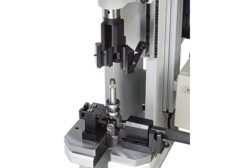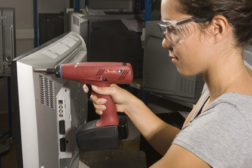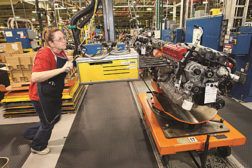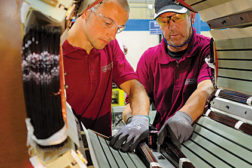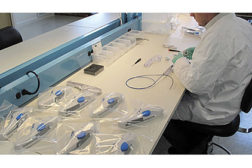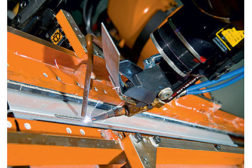John Sprovieri
John has been with ASSEMBLY magazine since February 1997. John was formerly with a national medical news magazine, and has written for Pathology Today and the Green Bay Press-Gazette. John holds a B.A. in journalism from Northwestern University, Medill School of Journalism.
ARTICLES
Has a hobby or home improvement project ever informed your work on the assembly line?
Read More
What’s New With Air Presses
Servo-driven presses may have gained market share in recent years, but there’s still plenty of work for pneumatic and hydropneumatic presses on assembly lines.
May 1, 2013
Fastening Tools
ASSEMBLY Q&A: Desoutter Industrial Tools
We sit down with Yohan Verdon, North American marketing manager at Desoutter, to talk about new technologies and trends in screwdriving.
April 17, 2013
A Trade Show on Your Desktop
At Tech ManufactureXPO, manufacturing professionals can attend educational sessions and interact with suppliers via their computers.
April 1, 2013
Assembling Motors and Bearings at Baldor
Baldor benefits from investing in U.S. assembly operations.
April 1, 2013
Usability Tests Lend Insight Into Medical Device Design
Engineers sometimes fail to account for who will be us-ing the device and where it will be used.
April 1, 2013
Fresh Meat for the UAW?
If at first you don’t succeed, try, try again. That appears to be the mantra of the United Auto Workers this year.
April 1, 2013
Rosie the Riveter, 2.0
Despite an unemployment rate of 7.9 percent, U.S. manufacturers continue to have trouble finding help.
March 1, 2013
Diode Lasers for Welding Aluminum
Audi, Volkswagen and other OEMs are successfully using diode lasers for structural welds.
February 4, 2013
Never miss the latest news and trends driving the manufacturing industry
Stay in the know on the latest assembly trends.
JOIN TODAY!Copyright ©2024. All Rights Reserved BNP Media.
Design, CMS, Hosting & Web Development :: ePublishing


